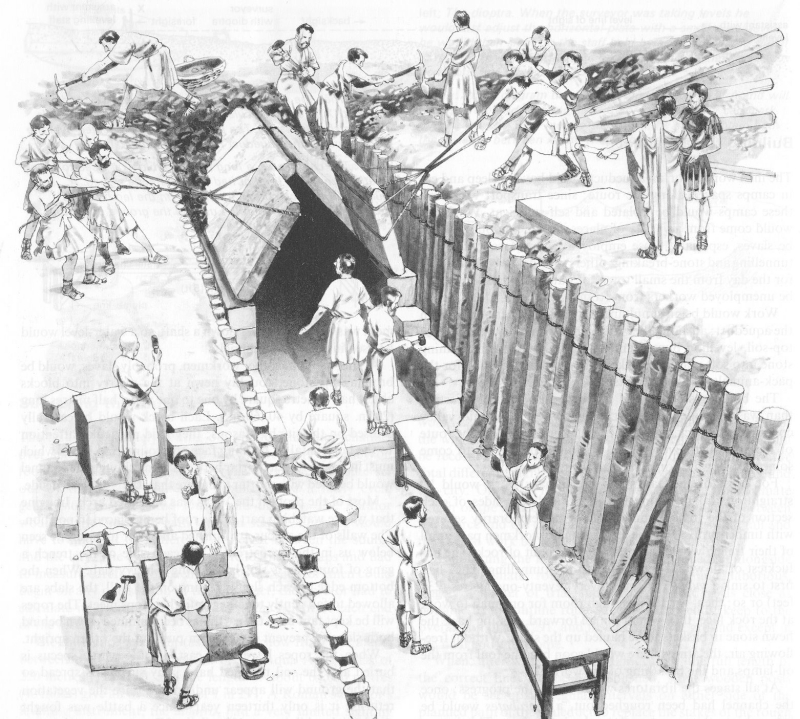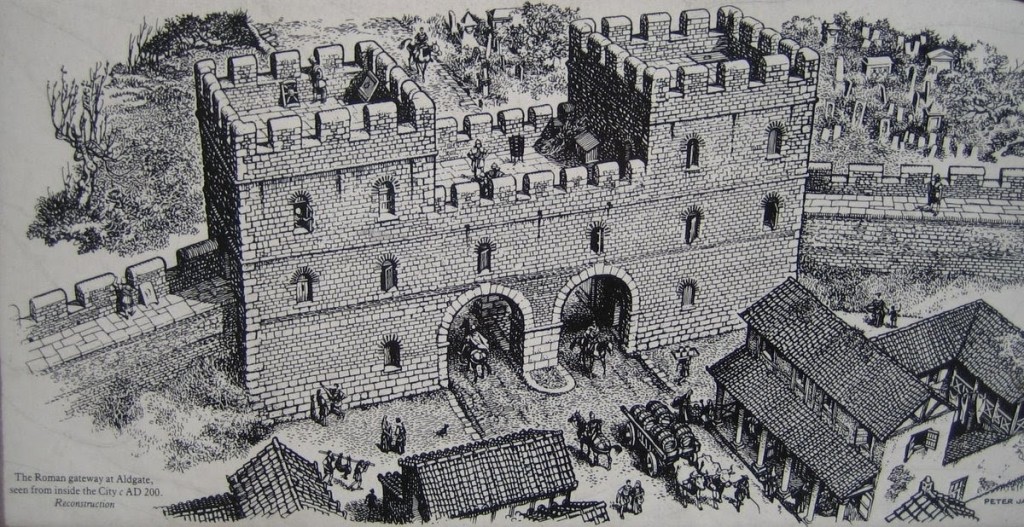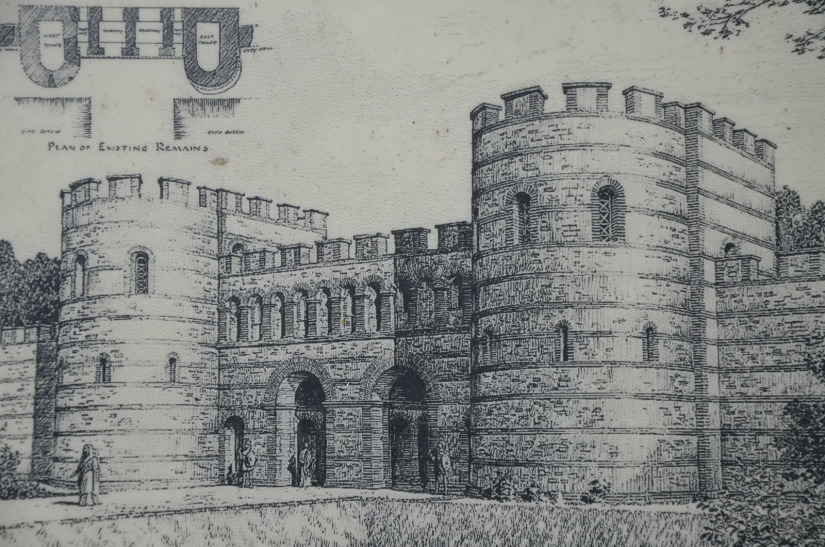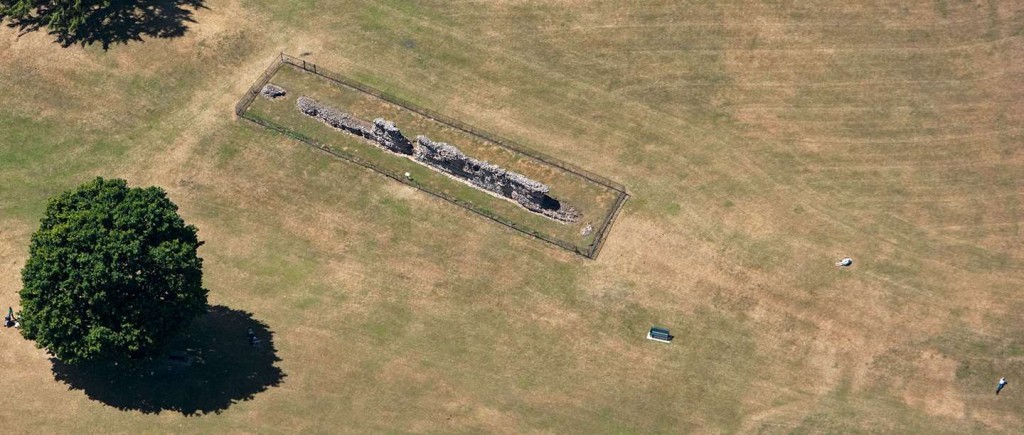Origin of the Romans:

Roman Wall of St Albans is said to exist from 60 A.D onwards when the first known settlement lived there in harmony. This was the time when the Romans rebuilt the invaded area of the surrounding of St Albans along with the town and conquered most of it. By the end of the 2nd century, the Romans had full control over St Albans, Verulamium, and Harpenden. The Romans built the first theatre, public houses, and a basilica (town hall) in Verulamium, St Albans.
History of Roman Wall of St Albans:

According to the archaeologists and historians, the Roman Wall of St Albans was built in the midst of 265 to 270 A.D. A wall that we see today barely resembles what it was after its origin. Thick wall built with brick bonding technique (renown constructional technique) standing 5 meters with 3 metres in width. Some write that the Roman Wall of St Albans was a foundation of two towers which held either barracks or some of the crowded building because the wall is built for defence, the brick-bonding is thick and was used to survive attacks. However, we have no evidence or factual story to support this fact, but we all can rationally accept the Roman Wall of St Alban’s integrity and significance.
Surviving Sections of Roman Wall of St Albans:

There are only two surviving sections of the Roman Wall of St Albans; the London Gate and the foundations of towers that we can witness if we visit the site today. According to history, the London Gate was once a guarded check-post at Watling Street before entering St Albans. It was one of the main routes from London, passing by Chester to Dover.
Romans didn’t have Military:

One curiously-interesting fact related to the Roman Wall of St Albans is Roman did not have military or armed forces initially. Therefore, they focused more on defence than attack, and this is the reason why the Roman buildings we see today had a thick width with defensive construction. The Roman built substantial thick walls and gates to prevent their citizens from any attack, which indeed resulted in a good security strategy but as the time passed on, the Romans felt the need of having forces for conquering other lands.
Roman Wall of St Albans:

(Photo: Aerial View of Roman Wall of St Albans)
The Roman Wall of St Albans is located at King Harry Lane, St Albans, Hertfordshire, UK. This historical site is open 24-hours a day but visiting at night may not be as fun as in the morning and evening.
People who are interested to visit this historic can also book their rides with ‘A1 Taxis’ in just £4.
A1 Taxis is one of leading and fastest emerging St Albans Taxis company.

Comments are closed.